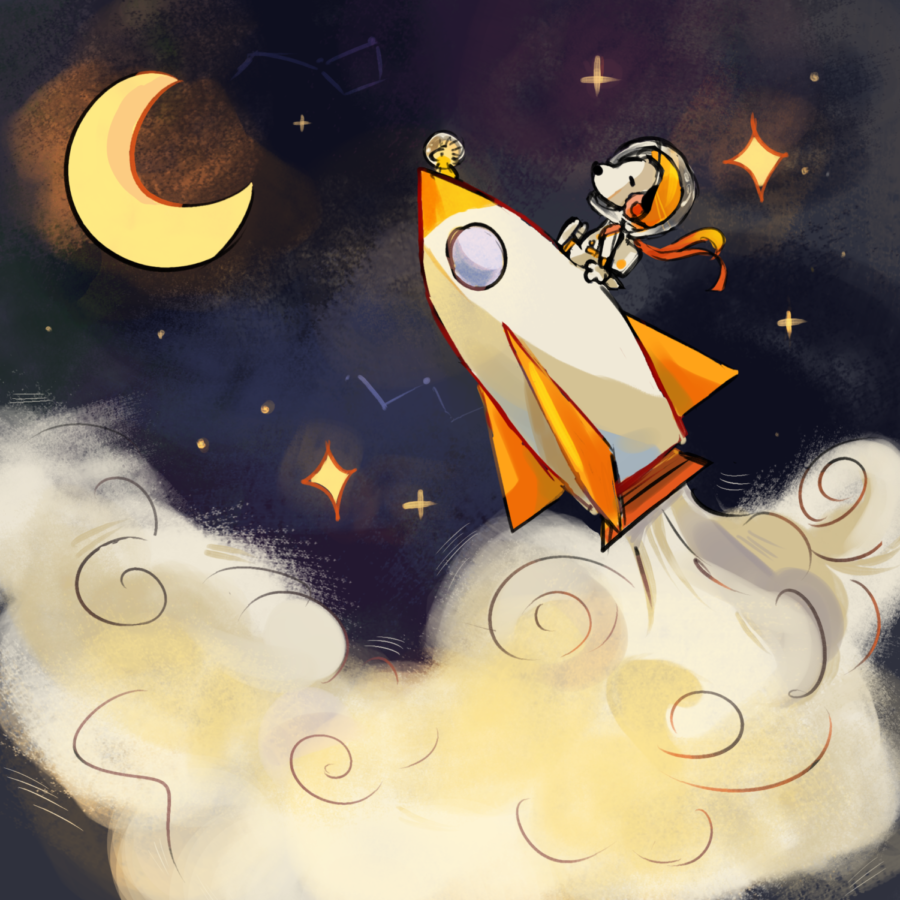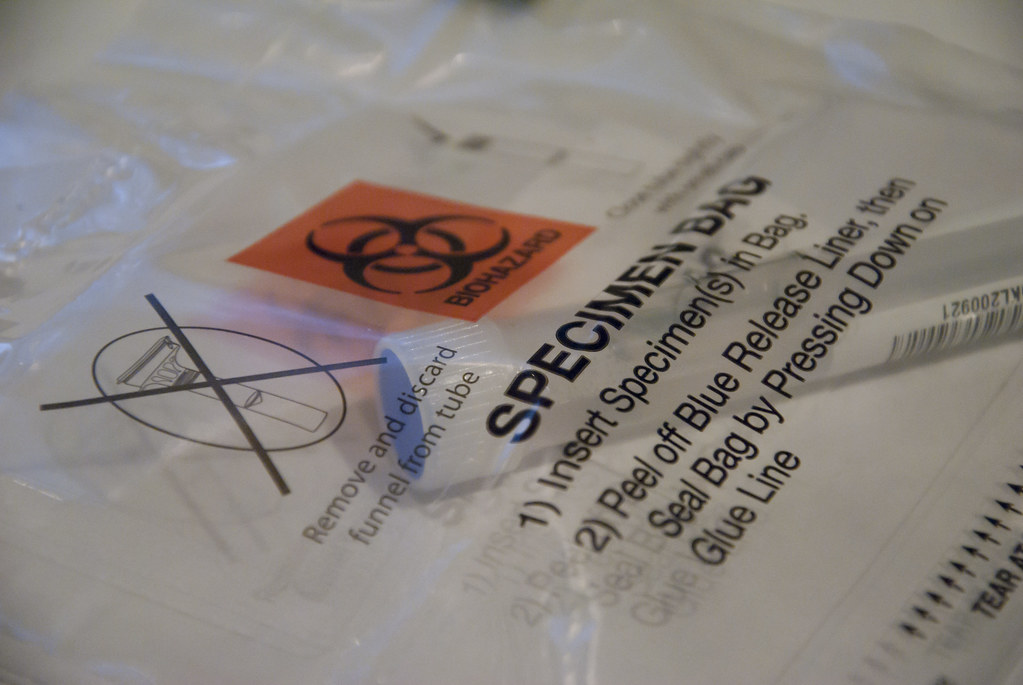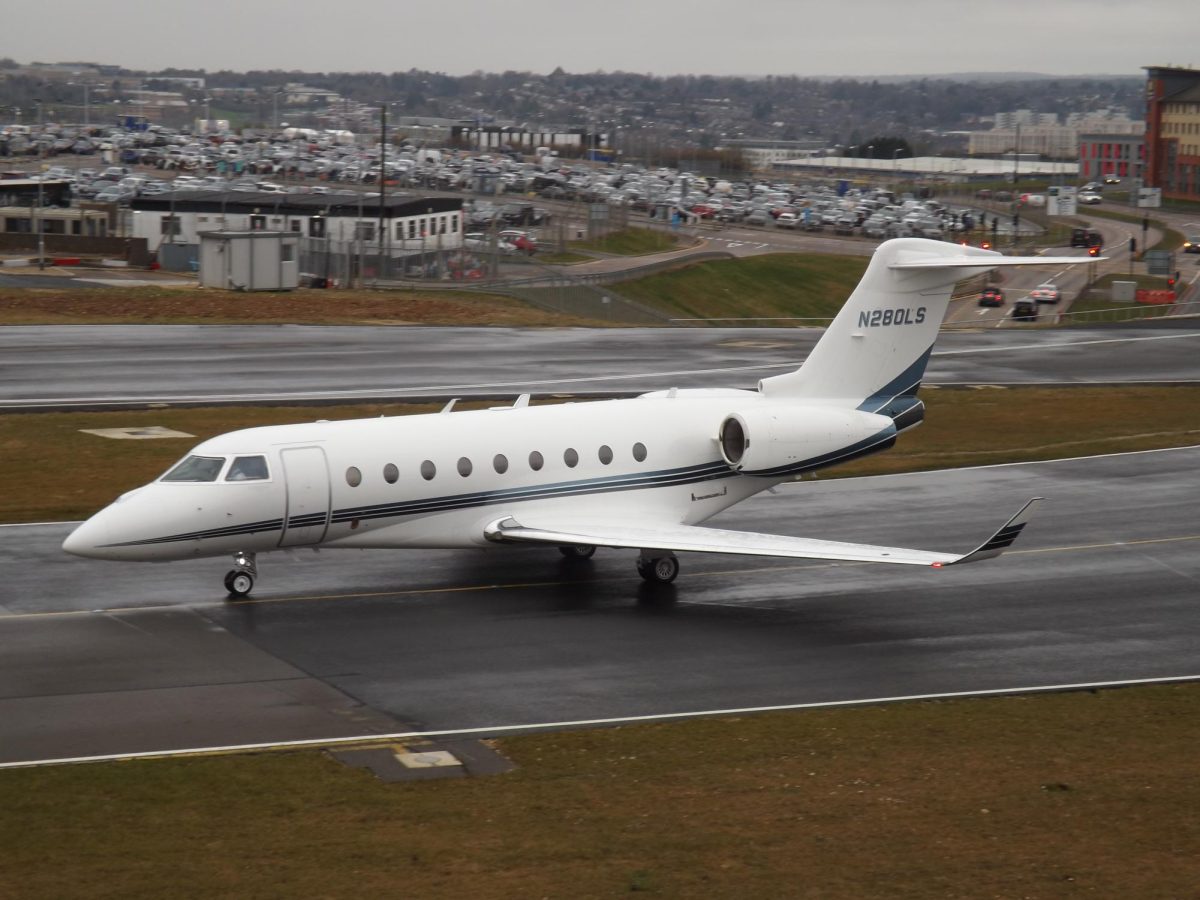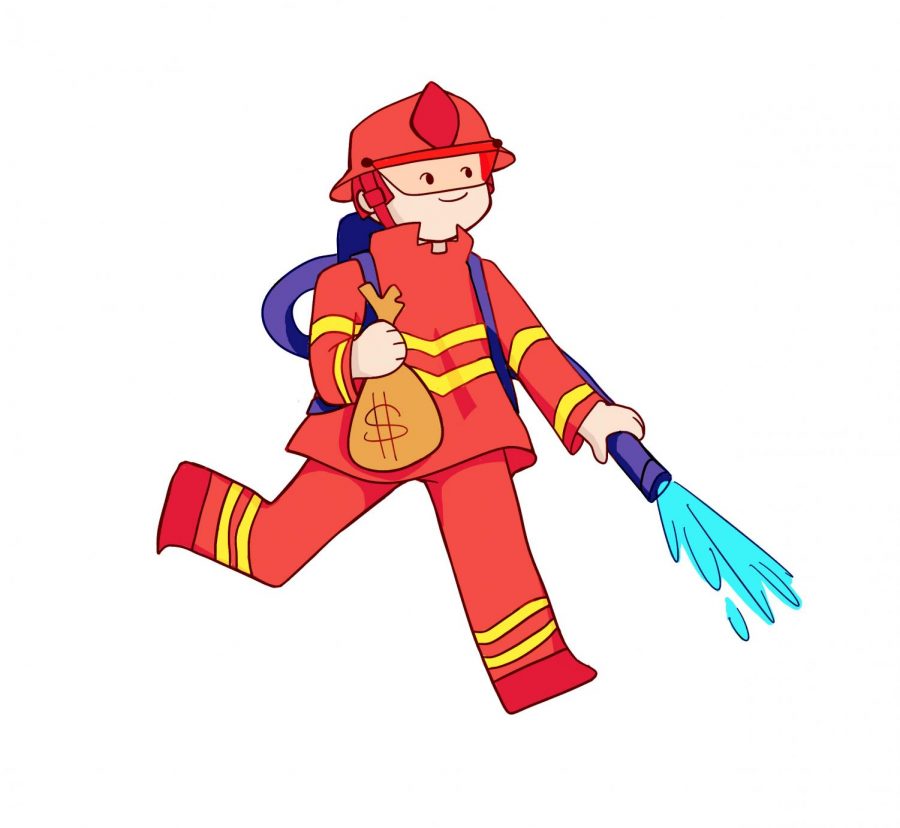This past Thanksgiving rush brought more highway cloggings and airport delays than usual, with friends and family alike hustling to reunite just in time for dinner. However, two NASA astronauts, Barry “Butch” Wilmore and Sunita “Suni” Williams did not quite make it to their gatherings as planned.
On June 5, at 10:52 a.m., these two veteran astronauts took off from Cape Canaveral Space Force Station aboard the Boeing Starliner capsule (jettisoned by the United Launch Alliance Atlas V rocket), a project over two-decades in the making. It was the Starliner’s first crewed mission after two failed launch attempts on May 6 and June 1 — their mission: a series of final flight tests for Starliner. This included testing crew equipment, life support systems, manual navigation of the capsule, successful docking to the International Space Station (ISS), and a steady return to Earth with the astronauts aboard.
During the flight however, the duo began facing setbacks with the capsule. As the Starliner approached the ISS, five of its 28 thrusters began malfunctioning, delaying the docking process by nearly an hour. Four of the five were eventually repaired before docking, but the situation encouraged NASA to launch an investigation at the White Sands Test Facility in hopes of understanding the thruster shutdowns. Other mission control teams also observed slow helium leaks in the Starliner’s propulsion system and atop the service module.
“I don’t think there should’ve been that malfunction…because I expected [a project of NASA’s] to be more secure,” sophomore Julia Marchetti said.
Nonetheless, by June 6, 1:34 p.m., the Starliner successfully docked to the ISS, where Wilmore and Williams met with the nine other ISS crew members.
Two months of additional research and deliberation later, NASA decided to return Boeing’s Starliner to Earth, leaving Wilmore and Williams on the ISS.
“Astronaut safety was definitely the priority. But I think the fact that it’s taking them this long [to bring them back] is concerning. A lot of what NASA does is just like, plan A, plan B, plan C, and then they go all the way down to plan L, and [in this case] it seems like…they didn’t go up to plan L. And I kind of thought that was their whole thing,” sophomore Alison Trelvik said.
After plunging through the atmosphere at over 17,000 miles per hour, the space capsule safely touched down in White Sands Space Harbor, New Mexico, without its passengers aboard. The two astronauts are scheduled to return to Earth in February 2025 on SpaceX’s Crew-9 Dragon, an emergency return spacecraft.
Although the situation alarmed much of the public, “My initial reaction was, ‘Yep, that’s a test flight,’” John Horack, Neil Armstrong Chair in Aerospace Policy at The Ohio State University, said in an interview with Ohio State News. “Test flights are never perfect and if they are, you should ask yourself what wasn’t found that should have been.”
In fact, since the extension of their eight-day mission into an eight-month debacle, tabloids have expressed concerns about Williams’ health, but both NASA and the astronaut herself have debunked the rumors; the two are “in absolutely outstanding health and in good condition right now,” Dr. J.D. Polk, chief health and medical officer at NASA Headquarters in Washington, said to Space.com’s Monisha Ravisetti. If anything, the two seem to be making the most of their situation, celebrating a Thanksgiving meal with the other ISS astronauts. “We have a bunch of food that we’ve packed away that is Thanksgiving-ish,” Williams said in an interview with NBC News. “Some smoked turkey, some cranberry, apple cobbler, green beans and mushrooms and mashed potatoes.”



















